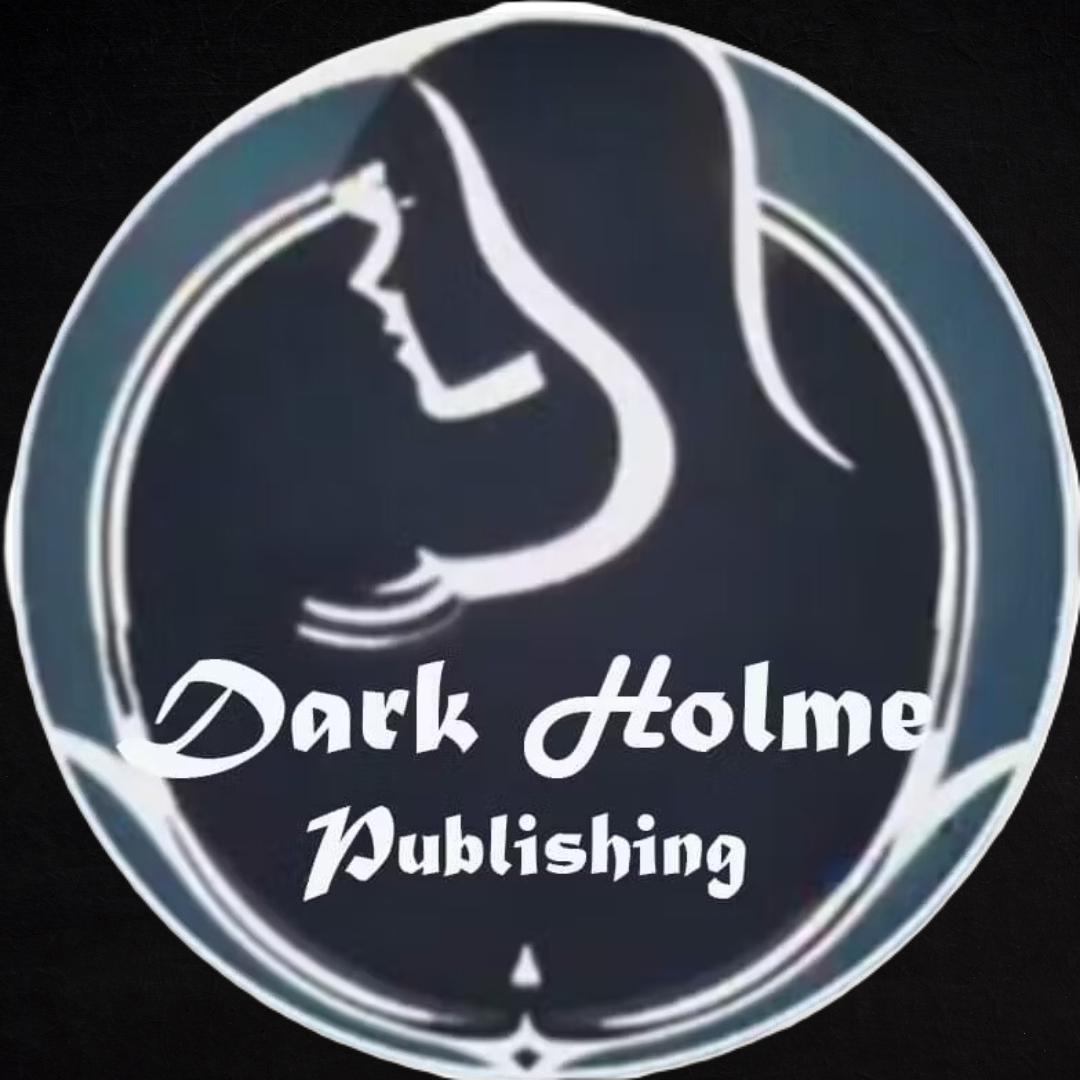Exploring Macabre and Disturbing Themes in Creative Writing: A Workshop Guide
- darkholmepublishin
- Jun 18, 2024
- 3 min read
Updated: Nov 28, 2024
Welcome to our workshop on exploring macabre and disturbing themes in creative writing! Whether you’re drawn to the dark side of storytelling, you will gain insights here. Or maybe you’re simply curious about how to effectively incorporate these elements into your work. This guide will provide you with insights, techniques, and exercises. You will delve into the depths of the macabre.
Understanding the Appeal of the Macabre
The macabre has long fascinated readers and writers alike. The gothic tales of Edgar Allan Poe explore our deepest fears. Similarly, the chilling stories of Stephen King tap into our curiosities about the macabre. But why are we so drawn to the dark and disturbing?
Exploration of Human Nature: Macabre themes allow us to explore the darker aspects of human nature. These include fear, death, and madness.
Catharsis: Writing and reading about disturbing topics can be a form of emotional release and catharsis.
Suspense and Thrill: These themes create suspense and excitement, keeping readers on the edge of their seats.
Techniques for Writing Macabre and Disturbing Stories
Atmospheric Setting: The setting plays a crucial role in macabre stories. Create a setting that evokes a sense of dread. Think of abandoned houses, foggy graveyards, or isolated forests. Use descriptive language to make the environment come alive.Exercise: Write a paragraph describing a haunted house. Focus on sensory details to create an eerie atmosphere.
Complex Characters: Develop characters with depth. Flawed, morally ambiguous characters can add to the unsettling nature of your story. Explore their fears, obsessions, and dark secrets.Exercise: Create a character profile for someone who harbors a disturbing secret. Write a scene revealing their secret in a subtle way.
Psychological Horror: Rather than relying solely on gore, delve into psychological horror. Explore themes of insanity, paranoia, and existential dread. This can be more unsettling than graphic descriptions of violence.Exercise: Write a scene where a character begins to question their sanity. Use internal monologue to convey their growing fear and confusion.
Unreliable Narrator: An unreliable narrator can add a layer of mystery and unease. This technique keeps readers guessing and can lead to shocking revelations.Exercise: Write a short story from the perspective of an unreliable narrator. Drop hints throughout the narrative that suggest the truth may be different from what the narrator presents.
Symbolism and Allegory: Use symbolism to add depth to your story. Objects, settings, and actions can carry symbolic meanings that enhance the macabre atmosphere.Exercise: Choose a symbol (e.g., a broken mirror, a withered rose) and write a scene incorporating it. Think about what the symbol represents and how it contributes to the overall theme.
Common Themes in Macabre Writing
Death and Mortality: Explore the inevitability of death and the fear it invokes. Stories about ghosts, zombies, or haunted places often revolve around this theme.
Madness and Insanity: Characters descending into madness can create a chilling narrative. Think of “The Tell-Tale Heart” by Edgar Allan Poe.
The Supernatural: Ghosts, demons, and other supernatural entities can add an element of the unknown and the terrifying.
Isolation: Physical or psychological isolation can heighten fear and tension. Characters trapped in isolated locations or cut off from society often face their deepest fears.
The Grotesque: The grotesque blends horror and fascination, often involving physical or moral deformities. It can be both repulsive and intriguing.
Ethical Considerations
While exploring macabre themes, it’s essential to handle sensitive topics with care. Be mindful of the potential impact on readers and avoid gratuitous violence or exploitation. Aim to provoke thought and evoke emotion rather than shock for the sake of shock.
Conclusion
Writing macabre and disturbing stories can be a powerful way to explore complex emotions and themes. You can create stories that linger in the minds of your readers. Accomplish this by creating an atmospheric setting. Develop complex characters and delve into psychological horror. Remember to approach these themes with sensitivity and thoughtfulness, ensuring that your work is both impactful and respectful.
Happy writing, and may your stories send shivers down your readers’ spines!
We’d love to hear from you! Share your responses to the exercises in the comments below. Your work can inspire and frighten others in our writing community. It could be a chilling description of a haunted house. It could also be a scene with an unreliable narrator. Let’s create some macabre magic together!


Hozzászólások